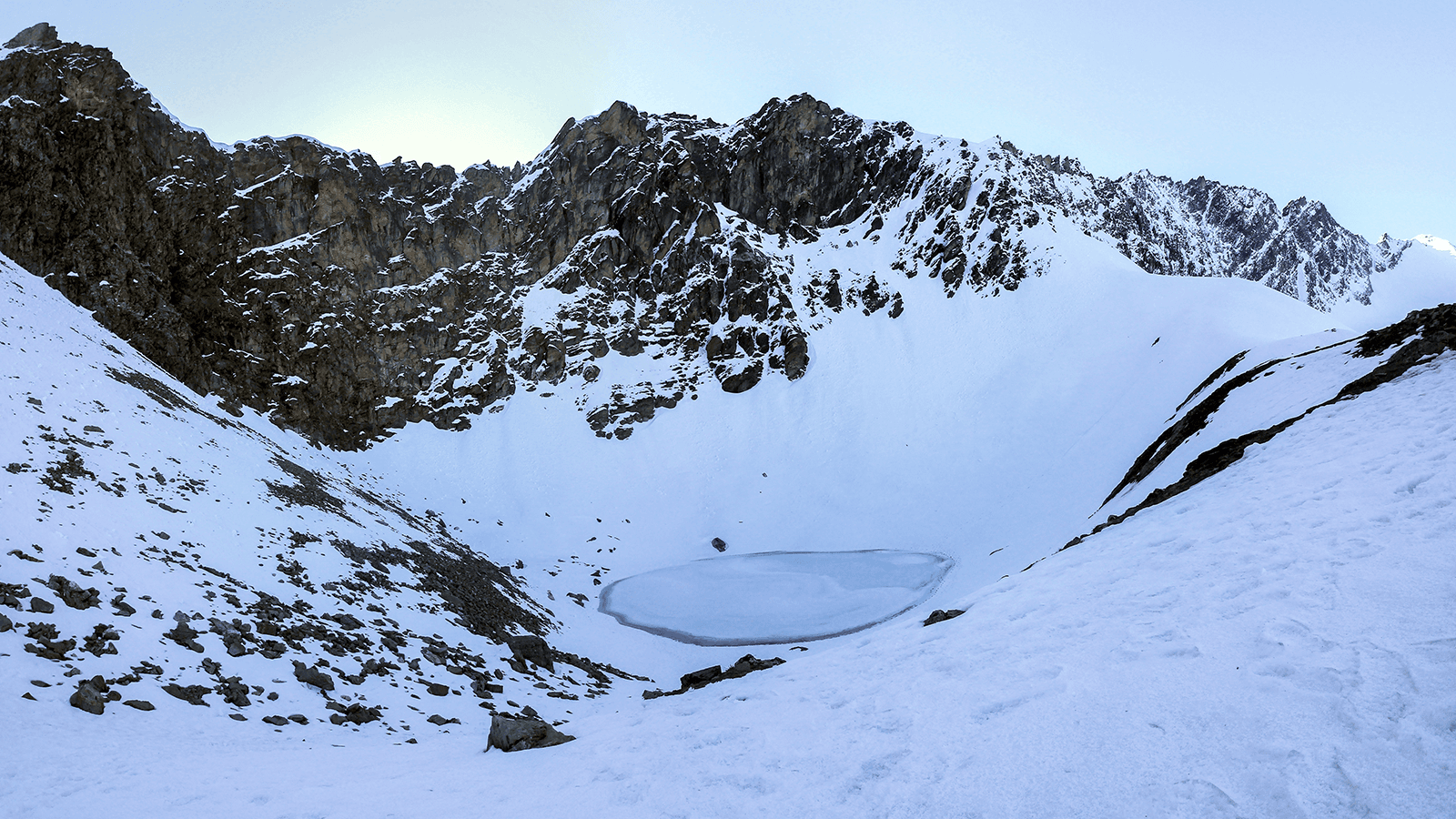
Editor’s note: This post has been edited slightly since publication.
Many examples worldwide of two distinct ethnic groups living side by side.
Sometimes, these groups co-exist peacefully. Other times, they do not.
Differences
Often, the differences between two groups – along with circumstantial factors – lead to tension between them and sometimes violence. The Hutus and Tutsis of Rwanda, the Sunnis and Shiites of Iraq, and the Croats and Serbs of former Yugoslavia all illustrate how cultural distinctions – like language and religion – can contribute to tensions and conflict around the globe.
But do these cultural and ethnic distinctions translate to biological distinctions as well?
A Study of Differences and Similarities
Exactly how biologically distinct are two ethnic groups living side by side? Anthropologist Evelyn Heyer and an international team of researchers set out to answer these and many other questions by studying the adjacent – and culturally very different – Tajik and Turkic speakers along the Silk Road of Central Asia. Their results are published in this week’s BMC Genetics.
The authors focused on the Tajik and Turkic speakers because those groups offered a unique perspective on how two groups living in such close proximity can be so different from each other.
Language and Cultural Differences
The Turks are largely nomadic herders. They speak Indo-Iranian languages like Azerbaijani, Turkish, and Altay. Their society is organized into clans, or “descent groups,” whose membership is passed down from father to children.
The Tajiks are, conversely, agriculturalists. They speak various dialects of the the Tajik, or Tajik Persian, language that may have arrived with Muslim invaders 1,000 years ago. Their society is largely patrilocal – meaning that when couples marry they put up residence near the husband’s family; and first cousin marriages are encouraged.
The two societies are supposedly closed, and members of both groups are said to rarely leave their clan or village. This cultural isolation made them perfect candidates for Heyer and her team to study.
The researchers collected maternally inherited mitochondrial DNA and paternally inherited Y chromosome DNA from more than 1,000 individuals spanning 24 Turkic and Tajik populations.
Shared Genetics
They found that, genetically, the Tajiks and the Turks were virtually indistinguishable.
Genetically, the Tajiks and the Turks were virtually indistinguishable. The authors found the overall level of genetic diversity between the two groups to be less than 1 percent—so small that there was greater diversity within each group than between the two.
Their analysis also sheds some light on the origins of these two ethnic groups. The modern-day people of Central Asia maintain their own origin stories unique to their particular group. These unique origin stories, in part, distinguish them from one another.
But Heyer’s analysis proves that these groups share the same roots; they are simply a hodgepodge of the clans, tribes, and villages that have called Central Asia their home for thousands of years. Over many generations, they banded together to form larger groups until they consolidated into just two major divisions: the Tajiks and the Turks.




